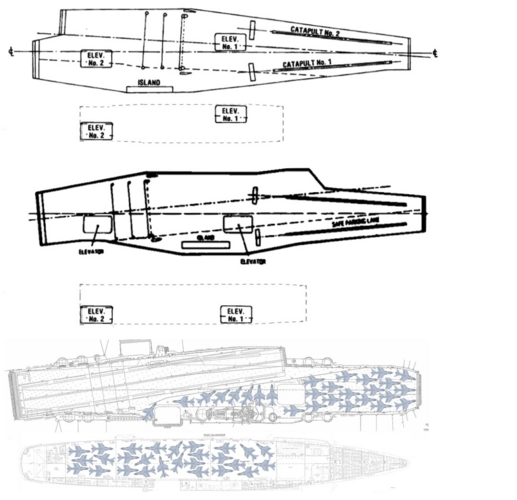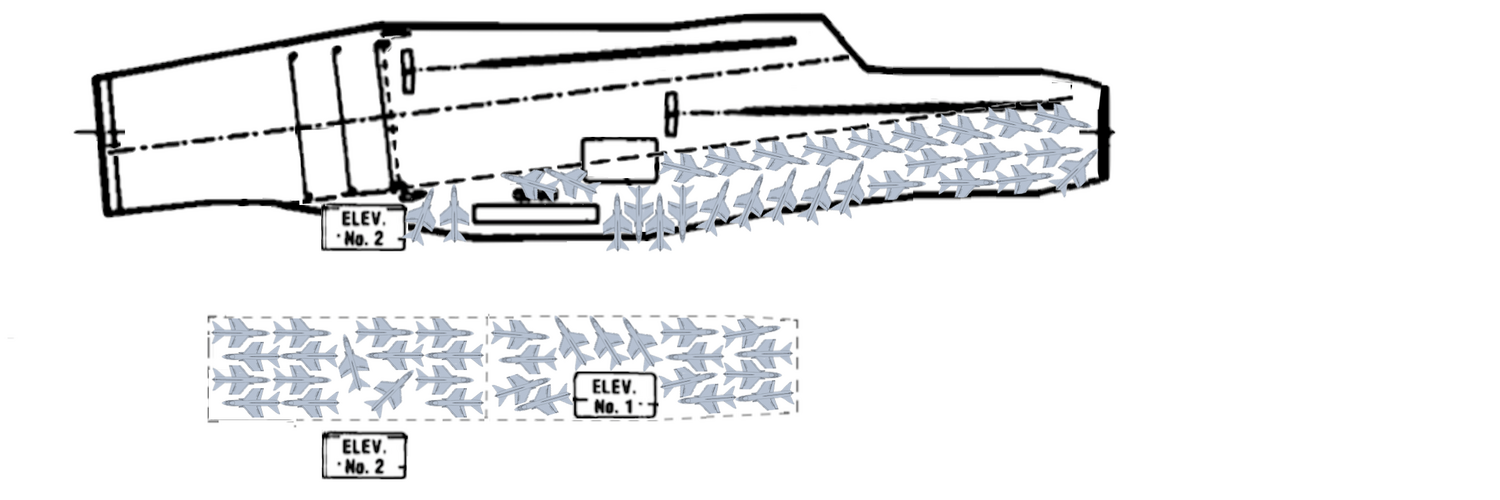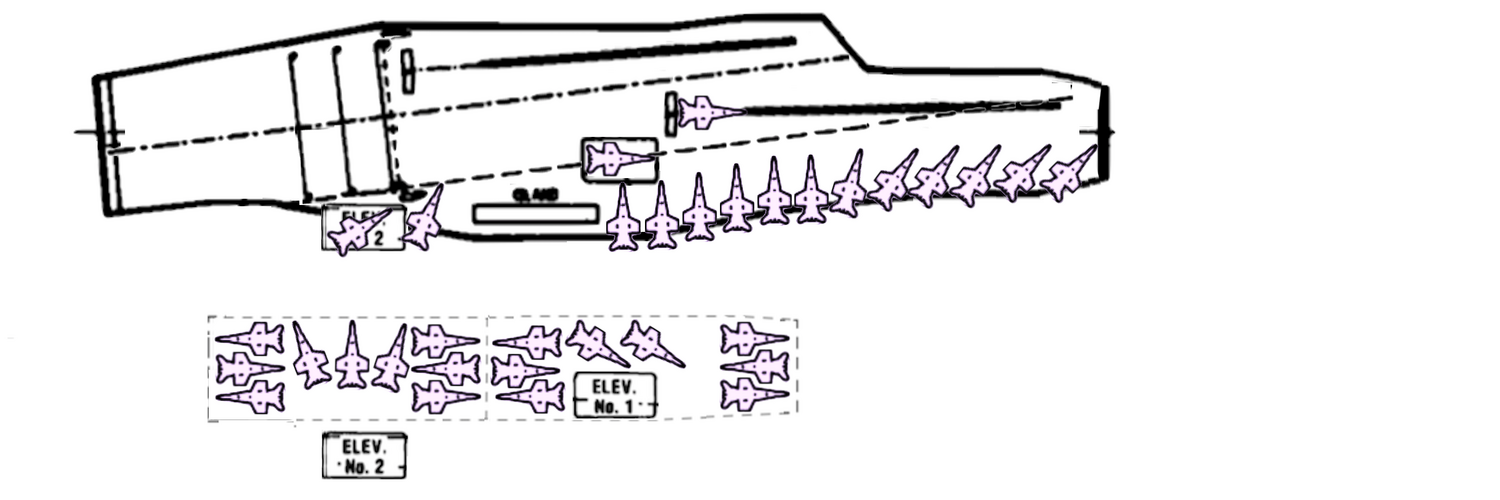- Joined
- 15 July 2007
- Messages
- 4,889
- Reaction score
- 4,554
A hanger tends not to have a opening forward through which the ships motion drives fresh air....well not on a modern one anyway.
But yes fire in a hanger is always a nightmare.
However a second flight deck, which is what your design has, has a lot of openings which would need to close to counter the risks of fire. Closing them off requires a lot of metal.
But yes fire in a hanger is always a nightmare.
However a second flight deck, which is what your design has, has a lot of openings which would need to close to counter the risks of fire. Closing them off requires a lot of metal.



